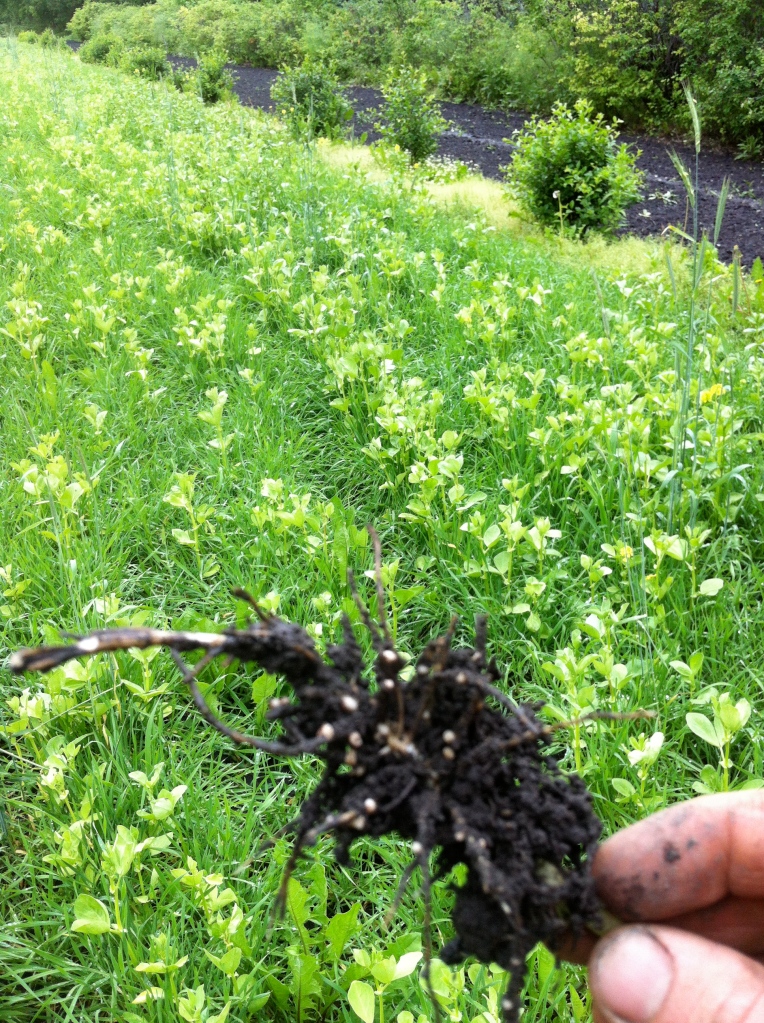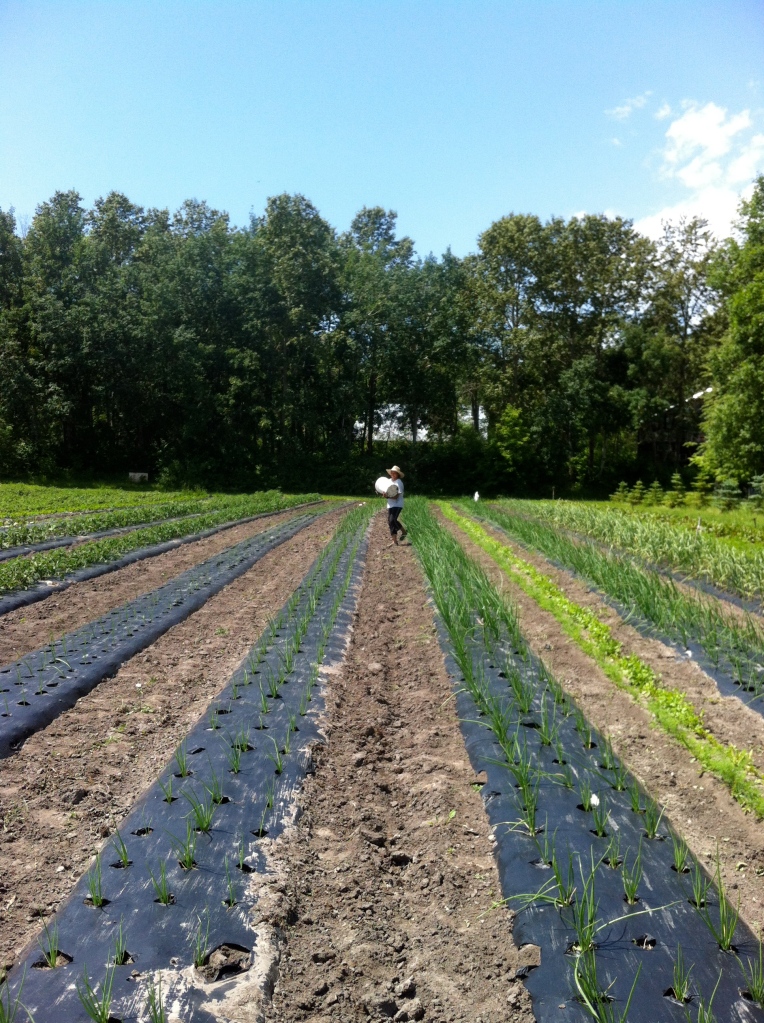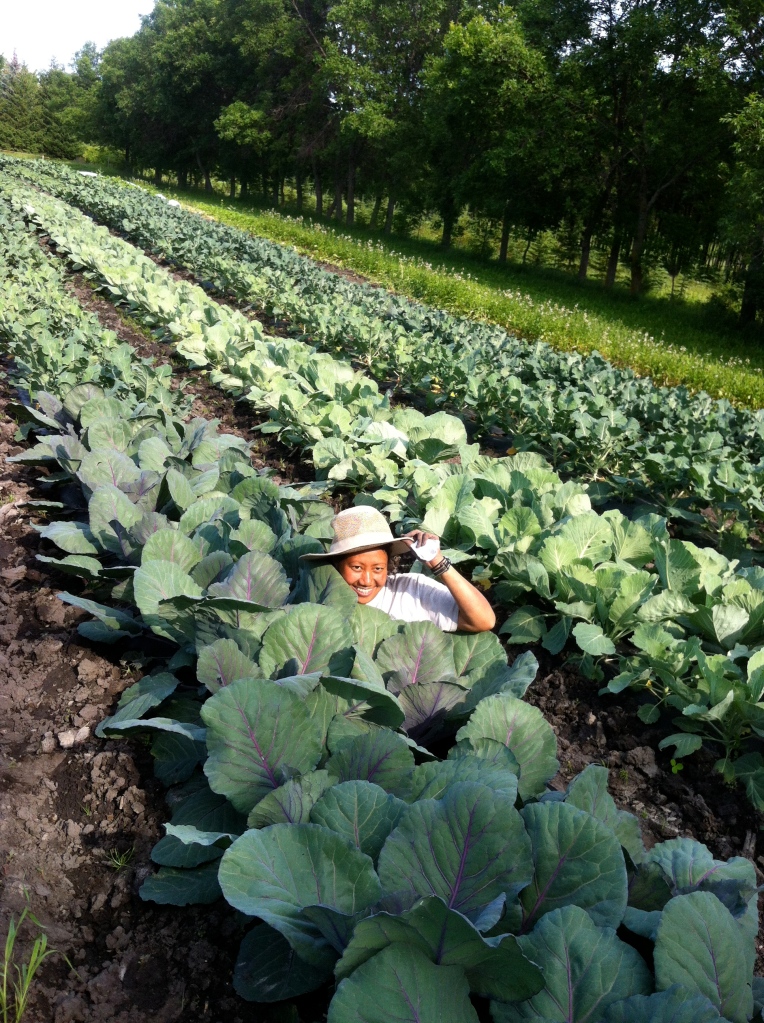Here’s the news for this week!
CSA pickup: CSA members will have choices from the following:
Lettuce, spinach, chard, kale, scallions, peas, broccoli, mizuna, radish, kohlrabi, dill, cilantro, parsley.
This week we’ll probably be doing head lettuce. We’ll try 2 heads for full share and 1 head for half share. Please let us know if that’s a good amount of lettuce for you or if you’d like to substitute other greens instead.
It looks like we’ve got lots of broccoli this week, so start thinking of broccoli recipes – you’re might need them.
This week at the market:
It’s going to be a jazzy market this week. 2 talented csa members – Bass player Julian Bradford and drummer Curtis Nowosad will be playing Tuesday and Thursday. Andrew Littleford will be joining on Tuesday on trumpet and I might even bring my sax and play a song or two if there’s time.
Also, there will be a new face at the market this week. Mark – Jan Daalderop will be helping out at the market table from time to time so that one of us can stay at the farm and keep weeding. Mark -Jan is a knowledgeable vegetable grower from Ontario who just moved to Winnipeg. He also keeps bees and is planning on having honey for sale when it’s ready.
This week on the farm:
We’ve finally got some sunny weather and the grounds drying up and we’ve had a busy week catching up on weeding and planting. Fortunately the ground dried out just in time to till in a green manure of rye and faba beans where we then planted our fall cabbage, rutabaga and kohlrabi. In this picture is the green manure just before we tilled it and in my hand is a faba bean plant. The white nodules that you see are bacteria that have been fixing atmospheric nitrogen on the roots of the faba bean. This nitrogen will now help feed the fall brassicas. 
Another place we started planting green manure this week is the pathways between crops. One of the main tenets of biological farming is that soil always wants something growing on it. Because half the area of our fields are pathways, we’re planting rye and clover in them. This is a weed control method that shelters and feeds soil life rather than disturbing it. I experimented with planting rye thickly in the pathways last year and found it effective. This week we tried some pathways with rye and clover and some with just white clover. The clover, like faba beans will feed the soil by fixing atmospheric nitrogen. Kitana is pictured below broadcasting rye in the pathways of our onions.
Last week I had my first zebra caterpillar sighting and the nightmares began that night. We’ve been combing the brassicas since and pulling off leaves with caterpillar damage, but are finding very few damaged plants and very few caterpillars. It looks like it’s going to be a very good year for brassicas! Kitana (who seems to be in all the pictures this week)is posing below for the cabbages


We add radish leaves to our meatballs. Delicious.
We LOVE our weekly box of food! Thank you, Jonathon and team, for your diligence, knowledge, and hard work. It is greatly appreciated. Really like your weekly newsletter – where do you find the time to do it all??!
Yes you can. Mariah Mailman just sent in a recipe for radish top soup that I just posted, and you can also braise them along with any other brassica top.
Yes they are edible but they are a little bitter so you might want to mix them with other greens 🙂
Does anybody know if we can eat the radish leaves?
Yes!!! They are good raw in salads or sandwiches (they taste a little zingy), and can also be steamed, but they don’t last long, so as soon as you get your radishes, eat the greens as soon as possible so they don’t turn into fuel for the compost bin…Sherry
Farmers are the best! We all need food and you supply only the best. Thanks so much for the hard and noble work you do.
Our family is grateful for local and fresh food.